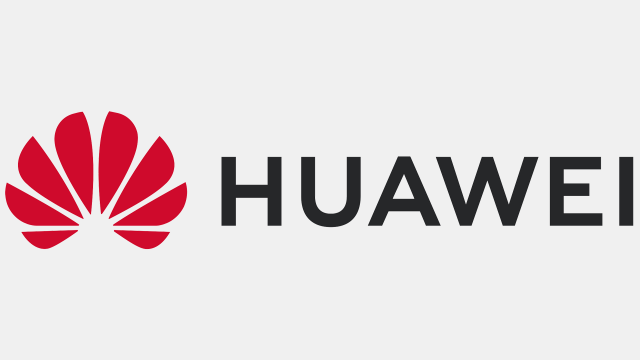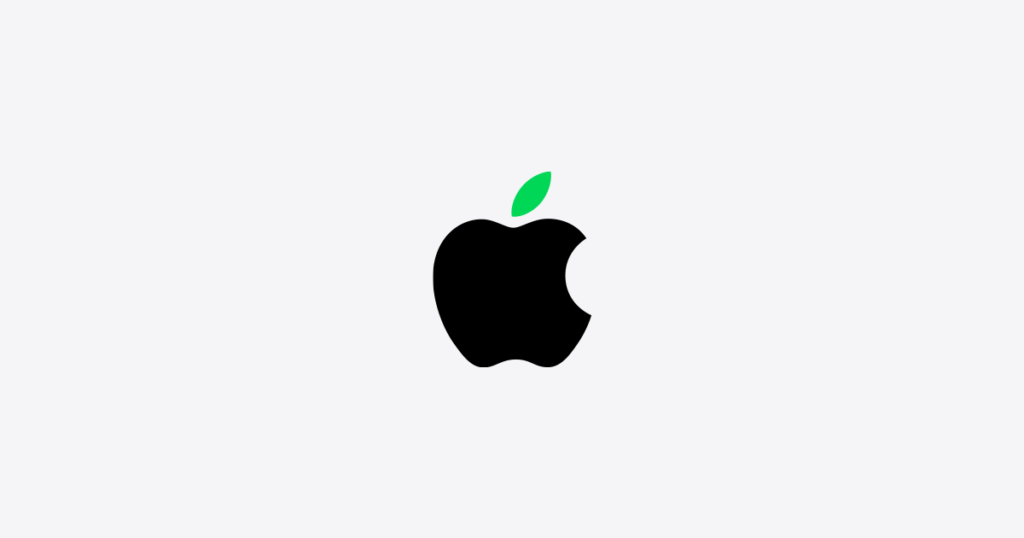03 May Update: Apple announced reduced quarterly earnings. iPhone revenue dropped to $45.96 billion (down 10%) and iPad revenue fell to $5.6 billion . Mac revenue increased to $7.5 billion; accessories fell to $7.9 billion. Services revenue increased to $23.9 billion.
02 May Update: Apple is planing a $110 billion share buyback to improve dismal earnings.
Two giants, Huawei and Apple, find themselves charting divergent paths in 2024. Huawei is experiencing a resurgence, successfully navigating past U.S. sanctions and capturing significant market share in China, while Apple faces challenges amid a broader slowdown and intense competition in critical markets like China.
What’s Happening & Why This Matters
Huawei’s Remarkable Turnaround: After years of battling stringent U.S. sanctions, Huawei has not only stabilized but is thriving. The company’s first-quarter net profit surged by 564% to 19.65 billion yuan ($2.71 billion), with overall revenue jumping 37% to 178.5 billion yuan. This growth is driven by Huawei’s expansion into digitalization, intelligent technologies, and smart car components, underscoring its successful pivot away from reliance on Western technologies.
- Strategic Directions: Huawei is capitalizing on nationalist sentiments in China and its technological advancements in AI and smart vehicles. Its newly launched Pura 70 smartphone series and involvement in smart car technology are testaments to its broadening scope and innovation capabilities.

Apple’s Mixed Fortunes: Contrasting Huawei’s fortunes, Apple is navigating through slower growth and a challenging competitive landscape. While the tech giant continues to innovate, as seen with the launch of its $3,499 Vision Pro mixed reality headset, it struggles with tepid market reception and sluggish sales, particularly in China where local brands like Huawei are favored. Apple’s recent quarter saw a significant 10% global drop in smartphone shipments, indicating potential troubles ahead.
- Apple’s AI and Product Challenges: Amidst its challenges, Apple is rumored to be intensifying its focus on AI, potentially sparking a ‘super cycle’ with new generative AI features in its upcoming products. However, its latest big bet, the Vision Pro, has not performed as expected, with production reportedly cut back due to lower-than-anticipated demand.

“Both [Apple and Huawei] are at pivotal stages, but in very different contexts,” explains David McQueen, research director at ABI Research. “While Huawei leverages local support and new verticals to mitigate past challenges, Apple needs to reinvigorate its innovation cycle and make a stronger push into AI to maintain its competitive edge.”
TF Summary: What’s Next
Huawei seems poised to consolidate its gains in the Chinese market and continue its growth trajectory through strategic diversification. Conversely, Apple faces the imperative to rejuvenate its product lineup and more aggressively integrate AI to stay relevant in a rapidly evolving market. The next few months will be crucial for Apple as it unveils new products and AI capabilities at its Worldwide Developers Conference. The outcomes of these initiatives will likely determine the strategic directions these tech behemoths will take in the coming years.
TF NOTE: This article provides an in-depth analysis of the current states and strategic futures of Huawei and Apple, contrasting their operational successes and challenges within the global tech market.


